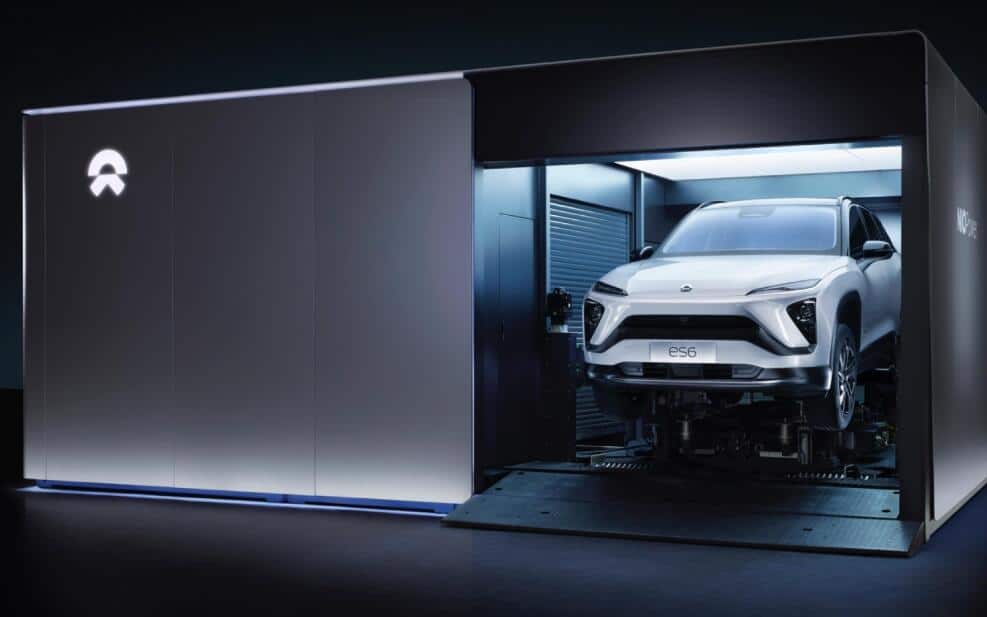China today extended the financial subsidy policy of new energy vehicles to the end of 2022 and eased the intensity and pace of subsidy withdrawal.
At the same time, the new extended rules will optimize the technical indicators, improve the accuracy of subsidies, and adjust the subsidy methods.
In addition, this year's subsidy policy has also undergone detailed changes. For example, it supports the development of new business models such as "separation of cars and batteries."
The new regulations require that if you want to enjoy the subsidies, the pre-subsidy price of new energy passenger cars must be 300,000 yuan or less. In order to encourage the development of a new business model of "battery replacement", vehicles using this model are not subject to this regulation.
This means that electric vehicles sold by companies such as Tesla and Ideal Motors, which cost more than 300,000 yuan, will not be able to enjoy subsidies, and Nio will continue to enjoy related subsidies because of the "exchange mode".
The subsidy standard for new energy passenger cars is that the driving range of pure electric passenger cars is not less than 300km.
The subsidy for each vehicle with a mileage of 300-399 km under the working condition method is 16,200 yuan, and the subsidy for each vehicle with a mileage of 400 kilometers or more is 22,500 yuan.
The subsidy standard for plug-in hybrid passenger vehicles (including extended range) is 0.85 million yuan per vehicle.
On the threshold of energy consumption level, the new regulations will provide 0.8% subsidy for models with 0% (inclusive) -10% higher than the threshold, and 1% subsidy for vehicles with 10% (inclusive) increase by 25% (inclusive) The above models are subsidized by 1.1 times.
New energy bus subsidy standards and technical requirements also have detailed regulations. For example, the central financial subsidy standard for non-fast charging pure electric buses is 500 yuan/KWh, and the central financial subsidy standard for fast charging pure electric buses is 900 yuan/KWh per vehicle. The maximum subsidy limit does not exceed 90,000 yuan.
Improving the fund settlement system and improving the accuracy of subsidies are also important contents of today ’s new regulations. Therefore, this policy adjustment also limits the prices of new energy passenger vehicles. The selling price of new energy passenger cars before subsidies must be 300,000 yuan and below.
From the perspective of policy, the new subsidy policy is not good for the high-end electric vehicles represented by Tesla.
From the current point of view, Tesla can only enjoy the subsidy for the upgraded version of the domestic model 3 standard battery life, and its price is 290,905 yuan.
Not long ago, Tesla released the long-life version of the domestic Model, and the high-performance version of the dual-motor drive cannot enjoy subsidies-of which the long-life version costs 339,500 yuan, and the high-performance version costs 419,800 yuan.

